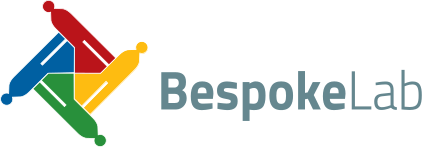Decalogue of the speaker at international conferences
1. Avoid reading. Written language is not meant to be heard, whereas extemporaneous exposition is more comprehensible for the listener and easier for the translator. If you just can’t help reading, never exceed a reading speed of one folder (25 lines/1500 characters) every three minutes, and give the text to the interpreters well in advance before the start of the conference. Avoid giving it the day of the speech.
2. Provide the interpreters with all documentation in good time. Before each conference, the interpreter must prepare the content and technical terminology. It is important, therefore, that the organiser and the speakers provide the interpreter with material to consult, even when the final texts of the conference are not available. Moreover, since preparation takes place before the conference and not during it, documents should be sent to the interpreter no later than a few days before the proceedings, and not on the day of the event.
3. Don’t talk quickly. There is no point in chasing time. Remember that you speak in order to be heard and understood. The interpreters as well as all listeners have to make an effort to process your information.
Speak in your own language If it is included among your working languages, it is always better to use it: you will be better understood, and you will avoid having to be ‘retranslated’ into your mother tongue. Moreover if you do not know all the working languages, remember to get a headphone before the start of the conference.
5. Avoid acronyms, abbreviations and puns as much as possible. Apart from the most common international ones, abbreviations change not only with the language, but also with the subject area. Puns are so bound to the language and almost untranslatable.
6. Do not interrupt someone who is speaking. Wait until the person in front of you has finished speaking and your microphone is switched on. Even a simultaneous interpreter can only listen and translate one person at a time.
7. Never speak without a microphone. If you step away from the podium to illustrate transparencies or slides, or if you speak during the debate, always get a radio microphone. Interpreters work in soundproof booths and can only hear, and translate, what is said into the microphone.
8. Don’t tap on the microphone to test it. It can be unpleasant for those who hear the taps in the headphones. By now, almost all microphones are equipped with an indicator light that signals whether they are plugged in or not.
9. On transparencies and slides, use large, clearly visible fonts. In order to be readable even for those sitting far away from the screen, the fonts should be printed at least in 16-18 font size. Furthermore, the effectiveness of a transparency is inversely proportional to the density of the text: projecting what you are reading onto the screen not only does it not help the audience, but often unnecessarily distracts people from listening.
10. Remember that films must also be translated. This is only possible if a projection is made in advance for the interpreters, or the transcript of the text is sent to them well in advance.


